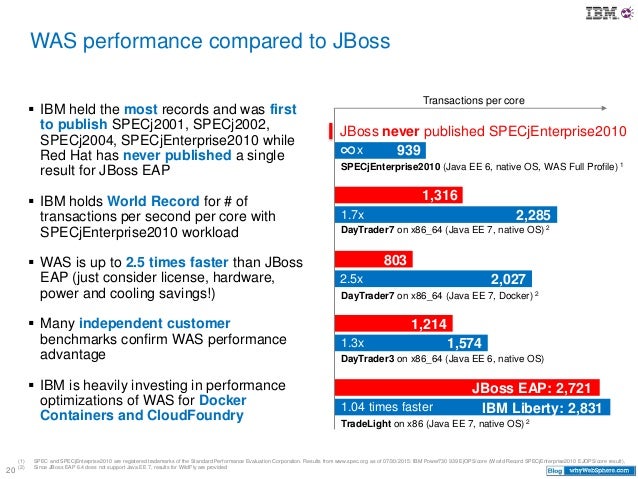
Note: This option is not recommended in containerized environments, as out-of-the-box detection should take care of everything. Select whether you want the rule to be a standalone rule. In the Process group extraction section, select which property value should be used within the process group detection. For example, to a Java JAR file that contains ws-server.jar. In the Process group detection section, define to which processes this rule should be applied.

Select Processes and containers > Advanced detection rules. To create an advanced detection rule in the Dynatrace web UI You can create an advanced detection rule using the Dynatrace web UI or the Settings API - see Example JSON payload for an advanced detection rule.Īdvanced process-group detection rules are only effective when OneAgent is installed on your hosts or images for processes that can be deep monitored. Advanced detection rulesĪdvanced process group detection rules allow you to create a process group by merging processes from different groups, and enable you to adapt the detection logic for deep monitored processes by leveraging properties that are automatically detected by OneAgent during the startup of a process. In this scenario, you can have Dynatrace separately identify and name each deployment by assigning the environment variable MY_PG_NAME=-production to one deployment, and MY_PG_NAME=-staging to the other deployment. Now consider the following rule: Apache process identified by environment variable MY_PG_NAME.Īny Apache HTTP process that includes the environment variable MY_PG_NAME within its scope will use the content of "MY_PG_NAME" as both its identifier and its default name. By default, Dynatrace can't distinguish between the two deployments because they don't have any unique characteristics that can be used for identification. Suppose you have two nearly identical Apache HTTP server deployments that reside within the same deployment directory but on different hosts.
#Glassfish vs tomcat how to#
See Define your own process group metadata for details on how to define an environment variable for IIS or for Windows services. Identifiers also serve as the default name for the detected process groups. The environment variables that you select as process group identifiers must exist within the scope of the detected processes. This option covers both Java and non-Java processes like NGINX, Apache HTTPserver, FPM/PHP, Node.js, IIS, and. As long as the system property is available on the command line, Dynatrace can use it. It can either be an existing system property that your application already uses (for example, three different values for three different Solr clusters), or you can add a new system property. The Java system property needs to be part of the Java command line to be detected by OneAgent. With this option, you can create more fine-grained groups of Java processes. Optional Set Restrict this rule to specific process types to the type of process to which you want to apply the rule. The default setting is one node per host. If you're not sure, leave the field empty. Note: This setting is useful if your process group setup has specific names per node. Optional Set Instance identifier to a value that Dynatrace will use to identify specific cluster nodes within a process group. Set Group identifier to a value that Dynatrace will use to identify process groups. Set Property source to Java system property or Environment variable. Select Processes and containers > Simple detection rules. To create a simple detection rule in the Dynatrace web UI Use it if you have different deployments into the same process group. Note: This feature can only split a process group into multiple parts.


Simple process-group detection rules are only effective when OneAgent is installed on your hosts or images for processes that can be deep monitored.


 0 kommentar(er)
0 kommentar(er)
